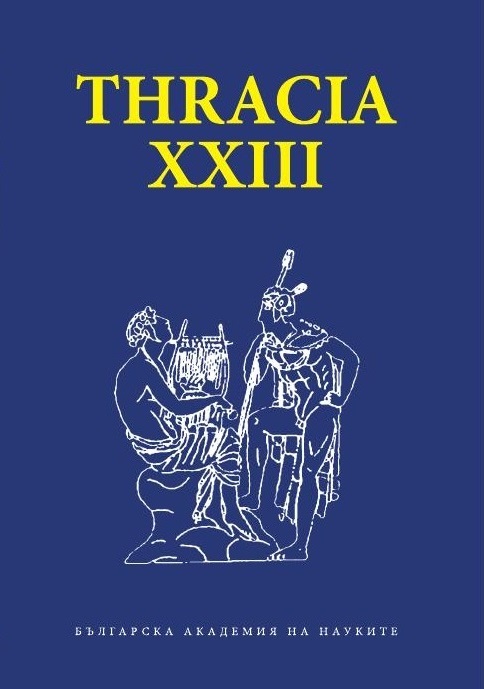Долината на Средна Струма в контекста на римската провинциална политика от средата на II в.пр.Хр. до средата на I в.сл.Хр.
The Middle Strymon Valley in the Context of the Roman Provincial Policy from the Middle of 2nd Century BC to the Middle of 1 C
Author(s): Sotir IvanovSubject(s): History, Comparative history, Local History / Microhistory, Political history, Social history, Ancient World
Published by: Институт за балканистика с Център по тракология - Българска академия на науките
Keywords: provincial administration; the Middle Struma valley; the Polis heritage of Hellenism; the town municipality institution; the urban self-government
Summary/Abstract: After the conquest of Macedonia, the Romans built a provincial administration that took advantage of the Polis heritage of Hellenism. The political, economic and cultural life in the Middle Struma valley is closely related to the town municipality institution from the middle of the 2nd century BC until the 1st century AD. The traditions inherited from Hellenism in the urban self-government have been preserved and developed according to the Roman interests. The Roman political and tax system relies on the oligarchy, which leads to an increase in the influence of the town council and the limitation of the role of the National Assembly. The importance of the central administration, which begins to restrict local self-government, is growing gradually.
Journal: Thracia
- Issue Year: 2018
- Issue No: 23
- Page Range: 141-157
- Page Count: 17
- Language: English, Bulgarian
- Content File-PDF

